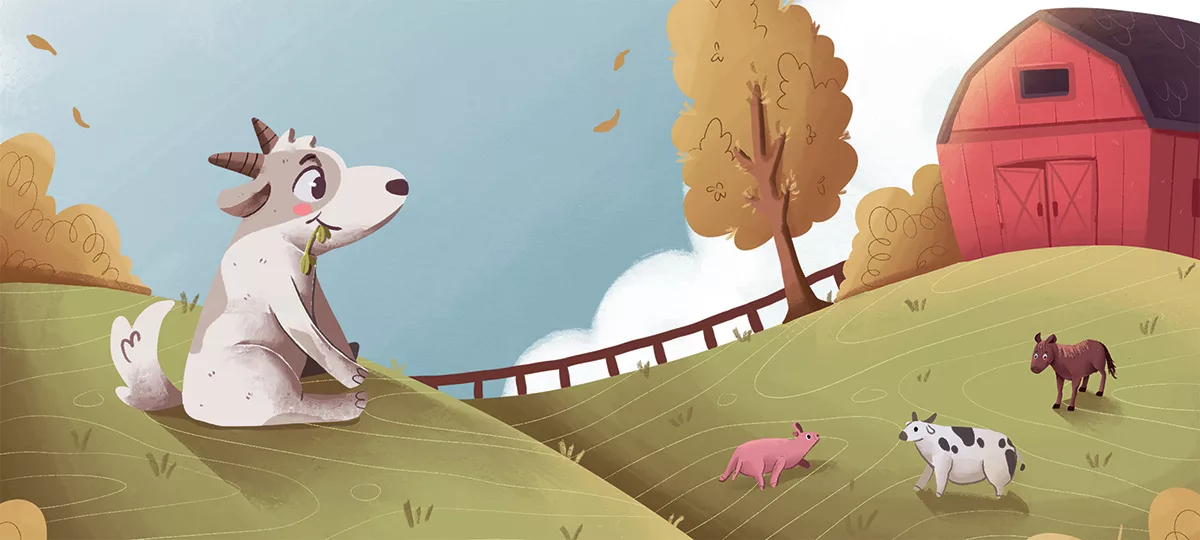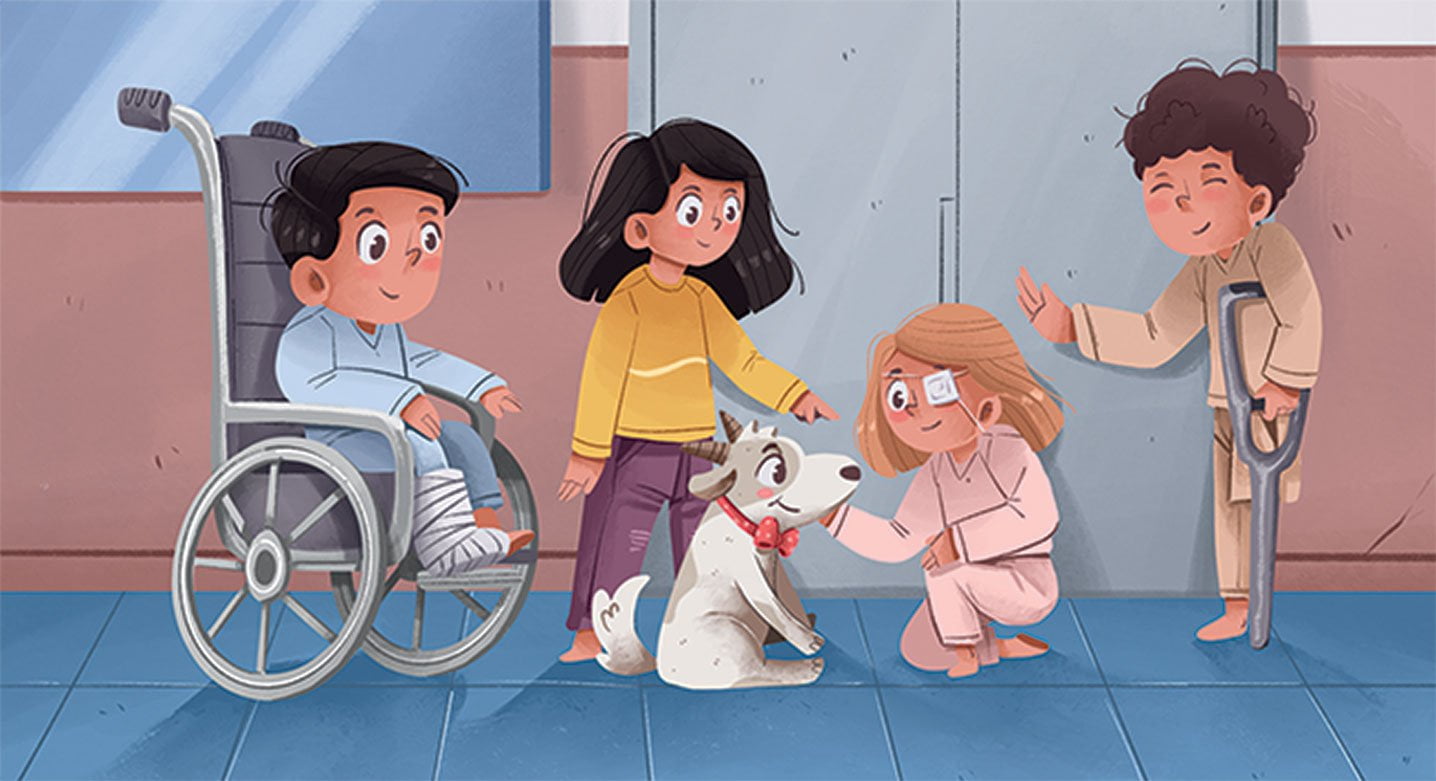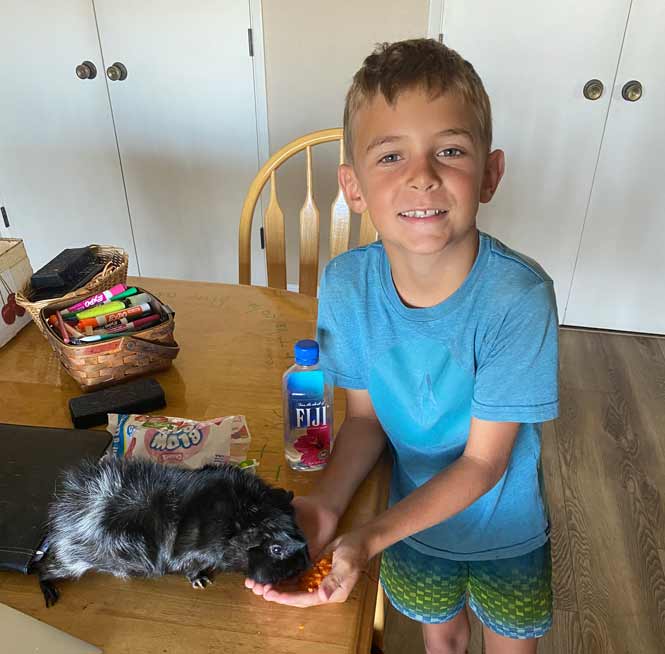
Science Can Be Fun
Teaching Lessons in Science can be Fun
Teaching lessons in science can be fun and creative for the parent and teacher as well as the student. Being a tutor, I deal with many different age levels of students. I am always conscious of opportunities to teach lessons of value to my students. Daily life presents many situations that can incorporate life lessons and problem-solving solutions that will build confidence for the students as well as being fun.
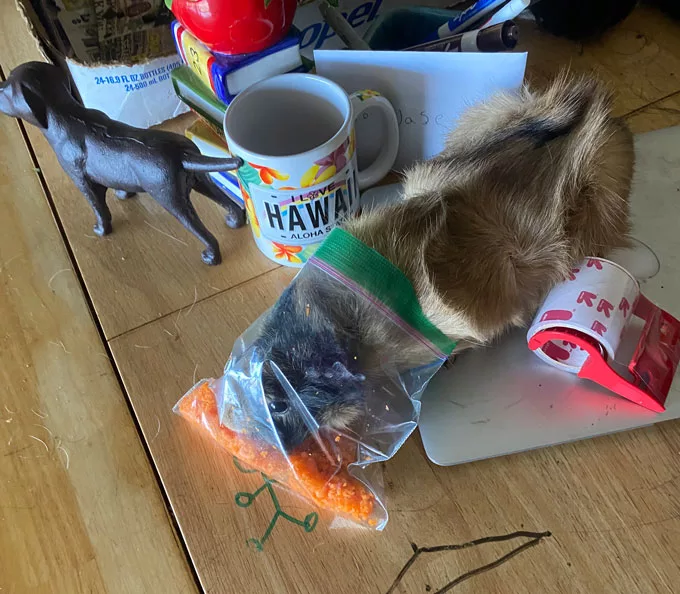
Presenting a Problem
The first aspect of problem solving in science is to discover a problem to solve. I have seven guinea pigs currently. I noticed one male stopped eating fresh carrots. After examining the rodent, I discovered that his bottom teeth were too tall. Guinea pig’s teeth continue to grow. Therefore, they need a piece of wood in their cage to gnaw on to keep their teeth healthy. My puppy had taken the wood out of the cage, and I had forgotten to replace it. I discussed this situation with my students and asked for their opinions. We replaced the wood, and a vet suggested adding timothy hay to their diet. A student then suggested the idea of cutting the carrots.

Discussing Possible Solutions
One student then suggested cutting up the carrots into small pieces. I gave him a small safe knife and watched as he carefully cut up the carrot. He then gave the small pieces to the guinea pig. The guinea pig immediately gobbled up the carrot pieces because he could still eat food in small increments. I wanted more carrot pieces for the guinea pig for future use so I asked the student, “How can we cut the carrots more efficiently?” The student looked around my kitchen and saw a small Cuisinart chopper. He suggested we try to put the carrots in the machine.
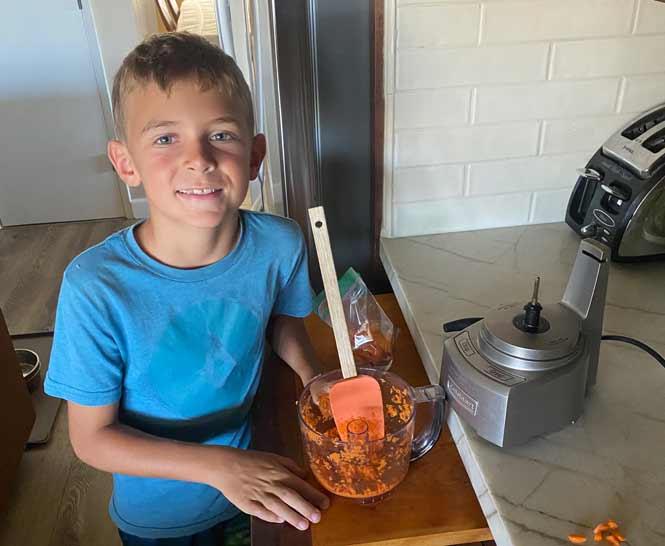
Implementing Solutions
I then had the student add carrots to the machine. I carefully explained the safety rules in using this machine. Plugging in the machine and turning it on should to be the final step for safety. The student followed the instructions of putting the machine together with the carrots in the plastic container. The machine was now ready to push start. He pushed the button and watched the machine cut up several carrots in a few seconds. Now we could discuss the results. We had enough carrots cut up for the next day. The student repeated the carrot shredding until he had two small baggies of shredded carrots for future use for the guinea pig.

Discussing the Solution
I asked which way was faster in cutting the carrots. The student immediately responded that using the machine was much faster than cutting the carrots by hand. I asked the student why he thought machines were invented? Now he could visualize the speed of producing goods from machines because he shredded carrots much faster using the machine than chopping carrots by hand. Depending on the age of the child, he or she can then hear about the Industrial Revolution and how it changed America and Europe because concrete examples were presented using a teaching moment. Every day parents and teachers have the opportunity of presenting tangible examples to students that will enlighten their thinking processes as the parent asks the students to give their opinions. The parents can then praise the thought process used by the student. It is important to try out the student’s ideas and to discuss why the experiment succeeded or failed. Learning can be taught by learning why something failed and how could the experiment be altered to make the experiment succeed. Simple things in life can be captured by an observant parent to teach valuable lessons to eager students who want to learn. Science is all around us.

